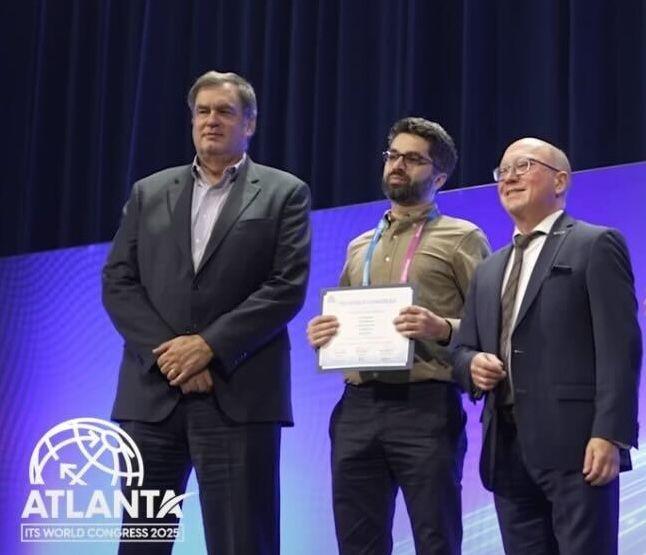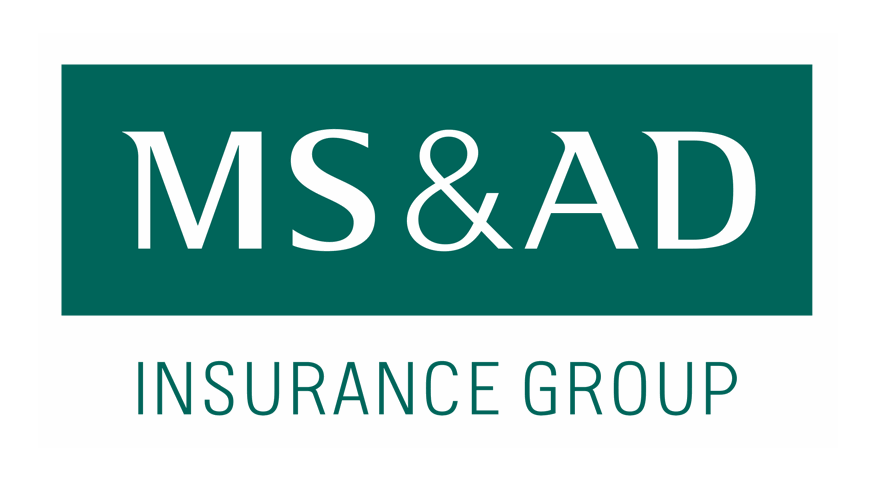AI in Insurance

Insurance agents warm to AI but uptake remains uneven: Liberty Mutual
Artificial intelligence is making its way into insurance agencies, but adoption remains uneven, according to new research from Liberty Mutual.
The 2025 Independent Agents at Work Study, which surveyed more than 1,200 independent agency leaders and staff, suggests that while interest in AI is growing, many remain cautious about its role in day-to-day operations.
More than half of agency employees expressed interest in using AI at work, and over one-third reported already integrating AI tools into their activities. Yet, despite this growing familiarity, overall attitudes toward AI have not shifted dramatically. Skepticism persists, particularly among older staff, while younger employees and agency leaders show stronger enthusiasm for experimentation, according to the report.
For agency leadership, the study points to three clear priorities. The first is the creation of an AI policy. Even in organizations that have not formally adopted AI, employees may already be using outside tools, raising concerns around risk and data security. A policy helps set boundaries and ensures client information is protected.
AI for Policy and Claims: Should Insurers Build or Buy?
Executive Summary
AI Insurance COOs and senior leaders are under growing pressure to implement AI quickly—without compromising trust, security, or regulatory standards. When the stakes are high, especially in areas like policy and claims review, should they build or buy AI solutions? Here, Dan Schuleman, CEO of Qumis, and an insurance attorney-turned-InsurTech founder who's built an AI tool for legally sensitive workflows, offers his take on benefits and drawbacks of both potential answers.
InsurTech/M&A/Finance💰/Collaboration
Kinetic Insurance Scales with Novidea’s Workers’ Comp Solution | Insurance Innovation Reporter
When Kinetic Insurance (New York) decided to move from selling wearable technology to underwriting workers’ compensation insurance, the change proved transformative—but not without its challenges.
The MGU had developed devices to help industrial workers avoid strains and sprains. By 2021, the company pivoted to selling comp coverage while providing its injury-preventing technology at no cost.
The strategy worked immediately. Partnering with Nationwide (Columbus, Ohio), Kinetic went from zero premium to $25 million in its first year. But the business was running on technology that would not scale.
“We went from working in Google Sheets to suddenly having this pain of hundreds of policies,” comments Haytham Elhawary, Co-founder and Chief Strategy Officer, Kinetic Insurance. “It was not sustainable.”
That problem is hardly unique. “Our number one competitor in the industry is either Google Sheets or Microsoft Excel,” remarks Jeff Heine, Chief Revenue Officer, Novidea (Herzliya, Israel). For Kinetic, the need was clear: replace spreadsheets with a modern, scalable system that could handle both traditional policy data and the nontraditional data streams generated by its technology.
Insurance Innovation Reporter
Announcements

Tractable and NTT-ME Announce Strategic Agreement for Japan Property Business
Tractable announces the acquisition of its Japan Property business by NTT-ME to accelerate innovation and focus on its core automotive AI platform.
Tractable, the company building AI for visual assessment, today announced it has reached a definitive agreement with NTT-ME Corporation to acquire its Property Insurance business in Japan. This strategic move allows Tractable to focus on the automotive ecosystem, accelerating innovation and investment in the solutions that repairers, dealerships, recyclers, and insurers rely on.
About the Transaction
The sale of the Japan Property is a deliberate step to sharpen our focus and ensure that every one of our strategic priorities in the automotive space is properly resourced. We are incredibly optimistic about the opportunities ahead of us and believe this strengthened focus will accelerate our growth and innovation, enabling us to explore new solutions that can increase top-line revenue for our automotive partners.
NTT-ME, a technology company and a leader in providing disaster support solutions for local municipalities within the NTT East Group, is the ideal partner to grow and support the Property product and its customers. The business being transferred includes the AI solutions Property Estimator (for calculating building repair costs) and Property Underwriter (for creating home inspection reports).
What This Means for Tractable
This partnership strengthens Tractable’s commitment to its automotive AI platform, enabling the company to deliver enhanced capabilities more quickly to its customers. By focusing on our auto business, we are doubling down on our commitment to the Japanese market. Tractable will still work with the same clients, but with a clearer, more focused approach on the Auto business.

Sfara, received the Best Paper Award at the ITS World Congress 2025 🎉
We’re proud to share that Ali Ghomashchi on behalf of Sfara, received the Best Paper Award at the ITS World Congress 2025 in Atlanta this Thursday. 🎉
Co-authored by Dr. David Schiebener, Dr. Jon Guez, Ali Ghomashchi, Pramod Manjunatha and Sascha Simon, the recognition is the reflection of Sfara’s ongoing commitment to shaping the future of intelligent transportation and road safety.
The ITS World Congress is the world’s leading event for innovation in mobility, and we’re honored to be recognized on such a global stage.
Congratulations to the entire team — and thank you to ITS World Congress for bringing together the brightest minds driving the future of mobility.
Claims
Commercial Property Claims in 2025: Repair Costs, Timeliness and Smarter Solutions
The commercial property insurance market is navigating a constantly evolving landscape in 2025, in which rising costs, labor shortages and the ever-present threat of business interruption are reshaping how claims are managed.
In response, many insurers and risk managers are moving away from ad hoc contractor relationships and toward managed repair models that emphasize trusted networks, transparent pricing and proactive project oversight.
Commercial claims are an intricate puzzle, and the pressures of today’s market only magnify their complexity.
According to Verisk, U.S. commercial reconstruction costs climbed 5.7% year over year through Q2 2025, driven by material spikes, with concrete alone rising 9.3%, and compounded by persistent labor shortages, with nearly 900,000 skilled trade jobs still unfilled. Turner Construction’s cost index shows a similar 3.8% increase in non-residential building expenses, underscoring how inflationary pressures continue to ripple through the sector.
By Ed Reis and Sarah Morris
OEMs & Auto Insurance

Automakers challenge traditional carriers with their own insurance options
Traditional insurance carriers now face competition from automakers as original equipment manufacturers (OEM) like Honda and Tesla enter the market—giving drivers a one-stop-shop for insurance coverage and vehicle ownership.
In July, Honda joined Tesla by launching its own licensed insurance agency, saying the new company would provide personalized insurance needs to Honda and Acura customers in all 50 U.S. states, including coverage options for motorcycles, RVs and homes.

OEM-Insurer Partnerships Could Drive Consumer Loyalty
A new report shows both automakers and insurance carriers are facing declining customer loyalty, but by working together, they could help each other retain business.
Nearly half of U.S. drivers actively shopped for new auto insurance policies in the past year, according to a new Deloitte report that points to a growing need for collaboration between insurers and vehicle manufacturers to reinvent the customer experience.
The report, Reinventing the Insurance Customer Experience for Loyalty, revealed 49% of auto insurance consumers explored new policy options over the last 12 months -- likely a reaction to premium increases that averaged 26% from 2023 to 2024, as cited from the 2024 J.D. Power Shopping Study.
“Auto insurers and OEMs are both grappling with declining customer loyalty,” Deloitte said. “To recapture loyalty and stay competitive, OEMs should seek to create a cradle-to-grave loyalty experience with each car.”
The report suggests that building seamless, embedded insurance options directly from OEMs could drive future loyalty. One-third of U.S. consumers expressed interest in buying “embedded” insurance from vehicle manufacturers, citing cost, convenience and time savings. Interest is even stronger internationally, the report said.
The rise of connected, electric and automated vehicles also presents new insurance challenges and opportunities. Deloitte anticipates regulatory shifts may soon assign more liability to OEMs and system partners instead of drivers, prompting a need for proactive industry transformation.
Recommended Reading
A New Vibe for Insurance Technology | Insurance Innovation Reporter
Vibe coding lets insurers use AI and natural language to build solutions faster, reducing barriers and sparking innovation.
As a frustrated young communication consultant working at a carrier in the 1990s, I wrote a formal memo to a VP of IT. My brash request was that he extract a massive amount of data from the company mainframe and FTP the file to me so I could easily contact policyholders “from within the user-friendly environment of my desktop computer.” He promptly (and wisely) rejected my request. The world was not ready for that level of user enablement.
Things have changed.
I recently took part in a massive vibe coding hackathon. I saw firsthand that end-user tools—especially those that leverage natural language capabilities and deliver fully functional systems via AI—have arrived as potential game changers.
Vibing’s Emerging Capabilities
Craig Weber is head of insurance strategy at Cognizant, an IT services firm. While he recently added vibe coding to his list of skills, he notes that this article and its well-placed em dashes are not the products of AI.


